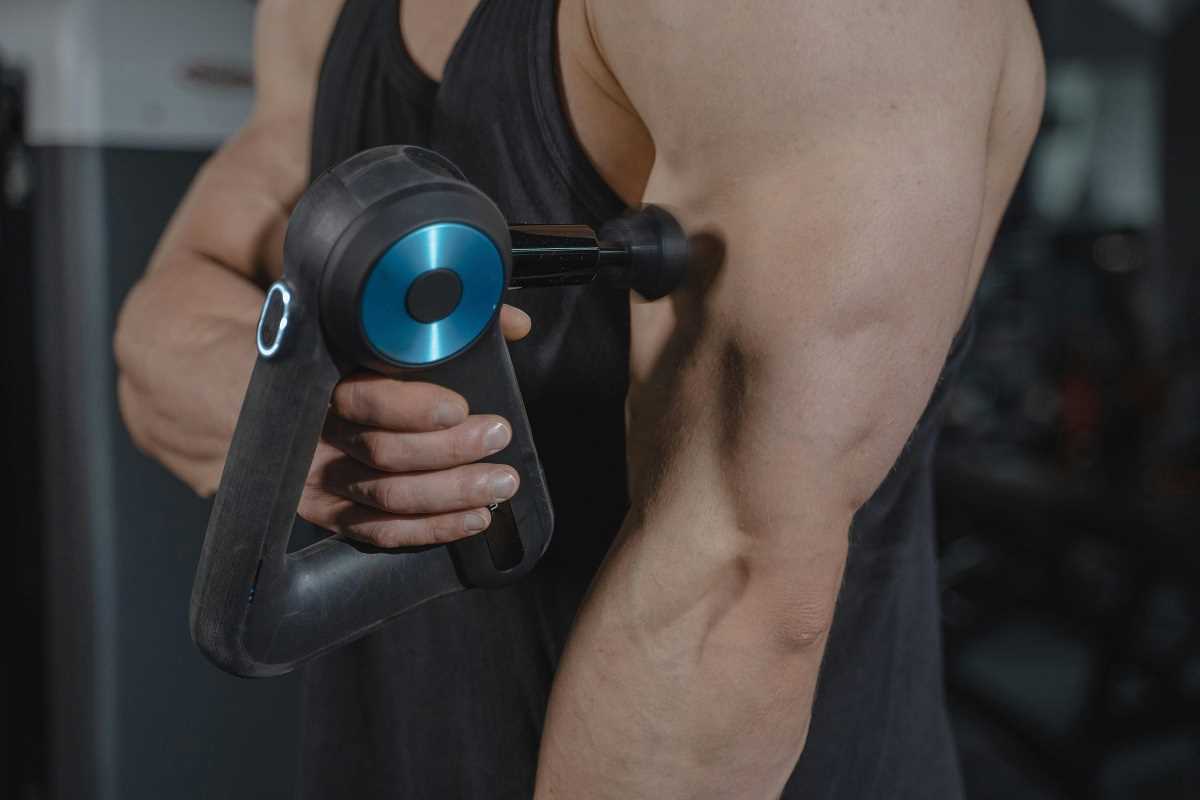When it comes to fueling your fitness goals, not all carbs are created equal. Whether you're an endurance athlete, a gym warrior, or just starting your training routine, your carb choices can make a big difference. Enter the low glycemic diet. This eating approach focuses on carbs that take longer to raise blood sugar levels, providing a steady stream of energy without the dreaded sugar crash.
But how does this impact your workouts and recovery? And how can you incorporate these foods into your daily training plan? Don’t worry—we’re breaking it all down for you in a way that’s clear, practical, and easy to follow.
What Is a Low Glycemic Diet?
Before we get into the nitty-gritty, let's talk about the glycemic index (GI). The GI ranks carbohydrates on a scale from 0 to 100 based on how quickly they raise blood sugar. High-GI foods (like white bread or sugary drinks) cause a rapid spike in blood sugar, followed by a crash. Low-GI foods (like sweet potatoes or quinoa) are digested more slowly, leading to a gradual rise in blood sugar and a more sustained energy supply.
A low glycemic diet prioritizes those slow-burning carbs, helping to maintain stable energy levels and minimize drastic insulin spikes.
Why Does This Matter for Athletes?
As an athlete, your body thrives on consistency, whether it’s in your training routine or your energy levels. Fluctuating blood sugar from high-GI foods can leave you feeling energized one minute and sluggish the next. Low-GI foods offer a more reliable source of fuel, which is crucial for both high-performance training and recovery.
Benefits of a Low Glycemic Diet for Training
1. Improved Endurance
Low-GI foods release glucose slowly, providing sustained energy for longer workouts. For example, if you’re out on a long run or grinding through a cycling session, that steady fuel can help you avoid hitting the wall (a.k.a. running out of energy mid-workout).
If you eat a bowl of steel-cut oats a couple of hours before your workout, the slow digestion keeps your blood sugar stable, giving you the endurance to push through longer sessions.
2. Optimized Fat Burning
When your blood sugar remains stable, your body becomes better at using fat as an energy source during workouts. This is especially beneficial during moderate-intensity training or long-duration activities when your body alternates between burning glycogen and fat for fuel.
Low-GI meals can also help prevent the insulin spikes that encourage fat storage.
3. Faster Recovery
Post-workout, your muscles are like sponges, ready to soak up nutrients and replenish glycogen stores. While high-GI foods are sometimes celebrated for this purpose, especially immediately after a workout, low-GI options shine when consumed later in the day. They provide a steady release of energy for muscle repair and recovery.
4. Reduced Chance of Digestive Upsets
Athletes often experience digestive issues with high-GI foods before intense workouts (hello, sugar crash or queasy stomach). Low-GI foods are gentler on your system, making for smooth sailing during exercise.
Practical Tips for Following a Low Glycemic Diet as an Athlete
1. Plan Your Pre-Workout Meals
Timing is everything. To maximize energy levels, aim to eat a low-GI meal 2–3 hours before your training session. This gives your body time to digest the food slowly and avoid any discomfort during your workout.
Good Options:
- A bowl of oatmeal topped with a handful of nuts and berries.
- A turkey and avocado wrap on a whole-grain tortilla.
- A smoothie made with unsweetened almond milk, spinach, frozen berries, and a spoonful of peanut butter.
2. Mix Low and High-GI Foods for Post-Workout
Immediately after a tough session, your body needs quick glycogen replenishment, so high-GI carbs (like bananas or white rice) can have a role here. But don’t stop there! Follow up with low-GI carbs a couple of hours later to extend the recovery period and keep your energy stable for the rest of the day.
For example, enjoy a post-workout snack of Greek yogurt and a drizzle of honey, and then a meal later with quinoa, salmon, and steamed veggies.
3. Stock Up on Low-GI Snacks
Life gets busy, and hunger can strike when you least expect it. Keep low-GI snacks on hand to fuel you between meals or before lighter training sessions.
Ideas:
- A handful of almonds or walnuts.
- Hummus with raw veggies.
- An apple with a tablespoon of almond butter.
- A slice of whole-grain bread with mashed avocado.
4. Experiment to Find What Works Best
Every athlete is different. While low-GI carbs work wonders for many, it’s important to test timing, meal size, and combinations to find the magic formula for your body. Some people perform better when they add a mix of moderate- and low-GI carbs to their pre-workout meals. Try a few variations and listen to how your body responds.
5. Stay Hydrated
This might seem less related to the glycemic index, but proper hydration helps keep digestion and metabolism running smoothly. Drinking enough water ensures low-GI carbs can do what they’re meant to do in your body.
Low-Glycemic Foods
There’s no shortage of delicious options when it comes to building a low-GI diet. Here are some athlete-friendly choices to incorporate into your plan.
Best Low-GI Carbs
- Steel-cut oats
- Sweet potatoes
- Quinoa
- Brown rice
- Lentils and chickpeas
- Whole-grain bread or pasta
- Berries (like strawberries, blueberries)
- Apples, oranges, and pears
Low-GI Proteins
- Eggs
- Greek yogurt (unsweetened)
- Chicken or turkey breast
- Fish (like salmon and tuna)
- Tofu
Smart Fats (Pair with Low-GI Carbs)
- Avocados
- Nuts and seeds
- Olive Oil
Low glycemic diets might sound fancy, but they’re really just about smarter carbohydrate choices. By focusing on slow-digesting, nutrient-dense foods, you can fuel your workouts more effectively, support better recovery, and feel more consistent energy throughout the day.
Remember, though, it’s not about cutting out high-GI foods entirely. Instead, think of your glycemic index strategy as a tool you can use to stay ahead in your training goals. Whether it’s a carefully planned pre-workout meal, a balanced post-workout plate, or a stash of low-GI snacks on the go, small changes in your carb choices can lead to major changes in your performance.
 (Image via
(Image via





